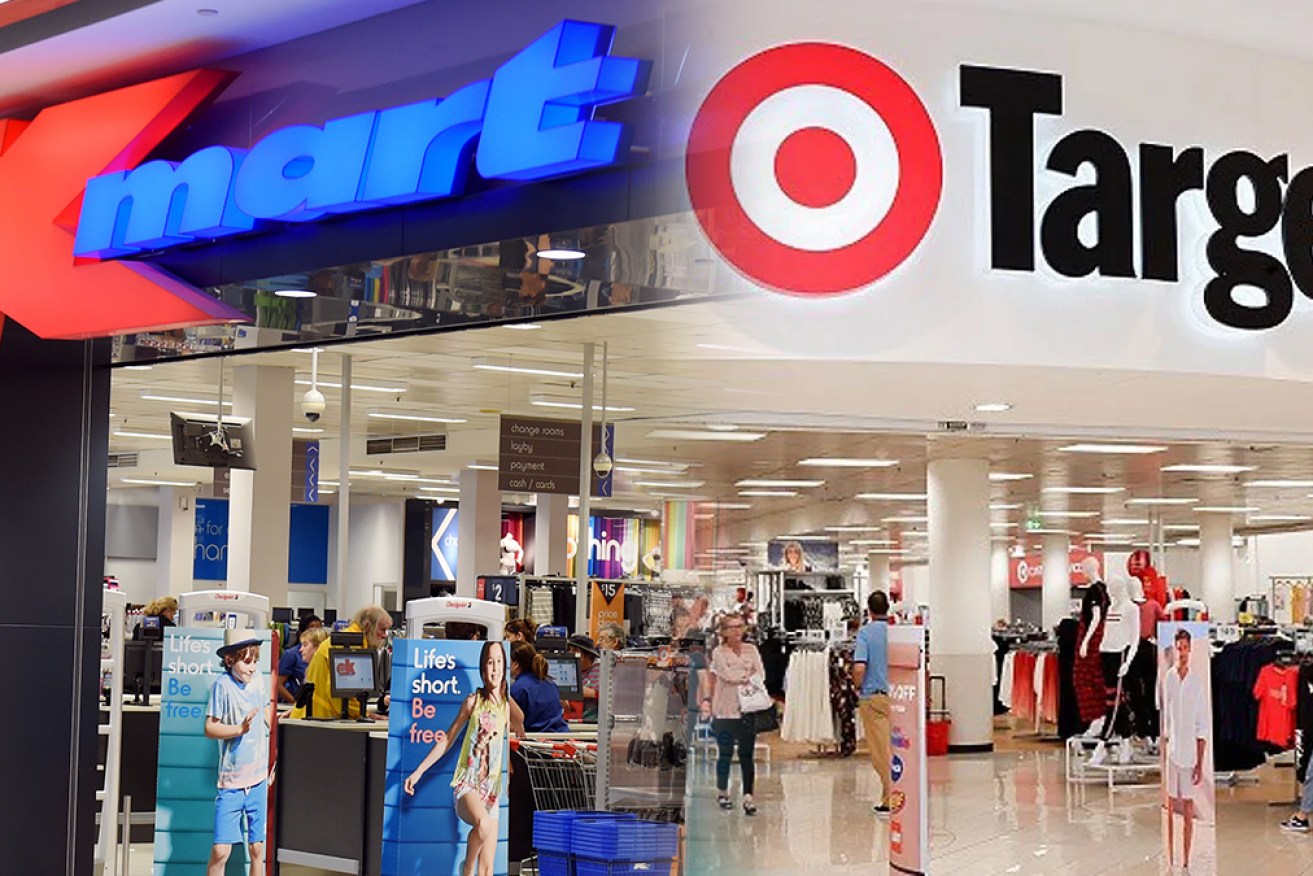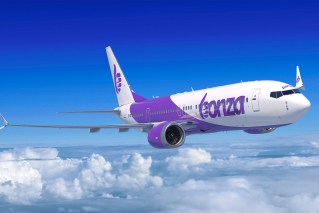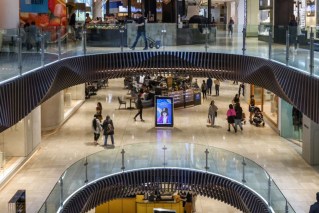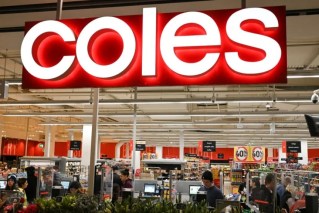Target to look much more like Kmart as sales sink


Some Target shelves will so be very similar to Kmart's. Photo: TND
Target customers have been shocked to find out the retailer’s usual stock will soon be replaced by Kmart’s Anko range.
The introduction of Anko products to Target stores comes after Wesfarmers, which owns Target and Kmart, announced last year the back end of both businesses would be merged to streamline office operations.
“I’d say [Kmart and Target are] strong, but I think there’s an opportunity to really capitalise on this time and find ways to continue to deliver better value for customers,” Kmart managing director Ian Bailey told The Australian Financial Review in July.
“What we found was that running two businesses it was very, very difficult to get the tech into Target, and to get those benefits. This is really why we decided to push the two businesses into one.”
Although Bailey said at the time that all changes would occur at the back end of the business, shoppers have already noticed shelves in Target have been cleared to make room for the Anko-branded products.
Many are not happy with the change.
“I don’t shop Target to buy anko products. I go to Target when I think the anko brand isn’t good enough,” one person posted on X, formerly Twitter.
It’s a legitimate travesty that Target is switching to Anko branded stock
— Jem 🖤 (@jem_o97) January 12, 2024
“Walking in @Target today, seeing all anko branded stuff which is identical to what is in kmart…like…whats the point? If i wanted kmart stuff, i go to kmart. If I want better quality or something different, i go to target. If they change the clothing too, I’m done with both!! [sic]” wrote another.
A Target Australia spokesperson told The New Daily the retailer will stock select Anko products from February.
“While we are confident customers will like the curation of products, like always, we will continue to test and learn in response to customer feedback,” they said.
Soft merge before the hard merge?
The move to sell Anko in Target could be a way to strengthen Target’s offerings for shoppers, but it could also be the clearest sign yet that the power balance between Target and Kmart has fully tipped in the latter’s favour.
After all, the two companies operate largely in the same market and target similar customers – but the future appears brighter for Kmart.
Wesfarmers’ 2023 full-year results showed Kmart’s sales increased 22 per cent, while Target’s rose just 1.1 per cent.
Target is still profitable, but its trading performance in the first half of the 2024 financial year is expected to remain consistent with its performance in the second half of the 2023 financial year, where total sales dropped 7.2 per cent.
The end of @Target quality now stocking @Kmart anko products@9NewsAUS @9NewsQueensland pic.twitter.com/BSUcjb6NBO
— shane martyn (@shanemartWhyn) January 12, 2024
Does that mean the end of the Target is imminent?
For now, no.
But University of Melbourne chair in management Daniel Samson told The New Daily the folding of remaining Target stores under Kmart branding is a distinct possibility.
“They can always do that over an extended period so that it doesn’t look like such a hard takeover or merger of one by the other,” he said.
“One way to do that in a much more [soft] way is to start infiltrating, for example, Target with some very successful Kmart products or product families.
“That’s the soft way of having the merger when you’re not actually having the merger yet.”
Value for money gives Kmart the edge
Macquarie University professor of consumer psychology and marketing Jana Bowden told The New Daily the decision to stock Anko across Kmart and Target may raise the ire of shoppers by blurring the lines between the retailers.
But Anko’s affordable homewares and electronics meets the needs of many Australian households struggling with worsening living costs.
“The merger of Kmart and Target into a discount conglomerate really signalled a shift towards streamlining of operations as a whole, and with that product lines,” Bowden said.
“The Anko range is popular with consumers who are looking for a wallet-friendly option that won’t break the bank. The pressures on consumers from the cost-of-living crisis, as well as the continued effect of rising rents and rates, is proving an ongoing challenge for many Australian households.
“Frankly, money matters, and with savings buffers almost exhausted and household disposable income well below its peak two years ago according to CBA data, many families are on the brink and thinking more about where their next meal funds come from than what their next designer decor will be.”
Risk of more competition
Despite the popularity and relatively low cost of the Anko range, Samson said the potential shifting of Target stores into full-on Kmart stores could alienate loyal Target shoppers.
Having one less brand in Australia’s discount retail market also leaves room for another to jump in.
The worst-case scenario for current retailers would be having an international giant such as Walmart take an interest.
Although Kmart has made moves into North America via a partnership with local retailers to stock Anko products, a “gorilla” like Walmart entering Australia would be a “nightmare” for the likes of Kmart and Big W, Samson said.
“Walmart brings the economies of scale, the supply chain, the procurement that would be a fierce potential competitor,” he said.
“It hasn’t happened yet … because Walmart’s very busy expanding in other continents … but if anyone ever says, ‘Hey, how about Australia, we could make a killing down there’, then that’s the new entrant that we should be very fearful of.
“Whilst they’re ordering, [say,] five million items of something in their Chinese supply chains and factories, they’d only have to add 1 per cent to cover Australia, and they could do that at marginal cost. They could absolutely nail the market here.”








